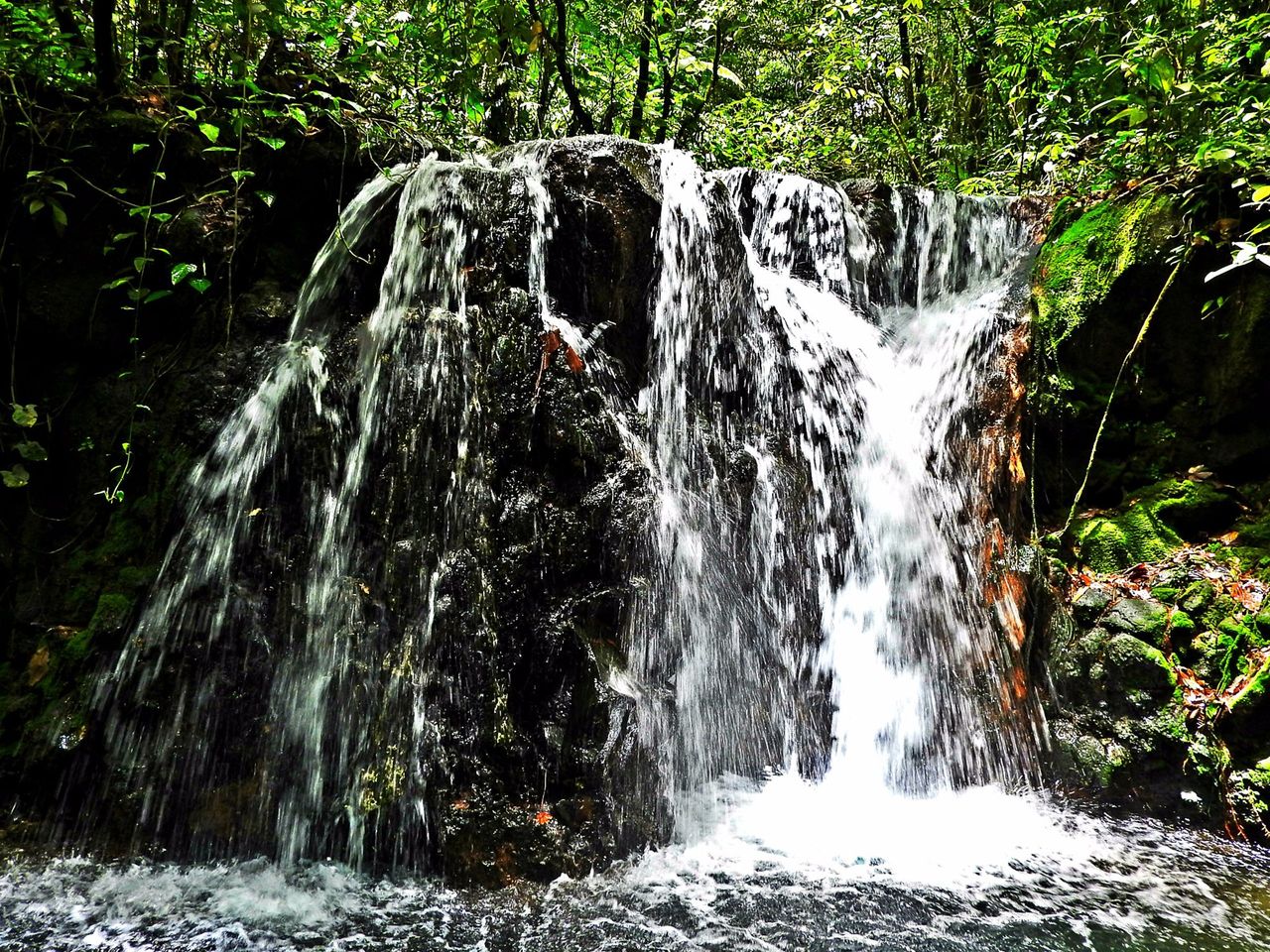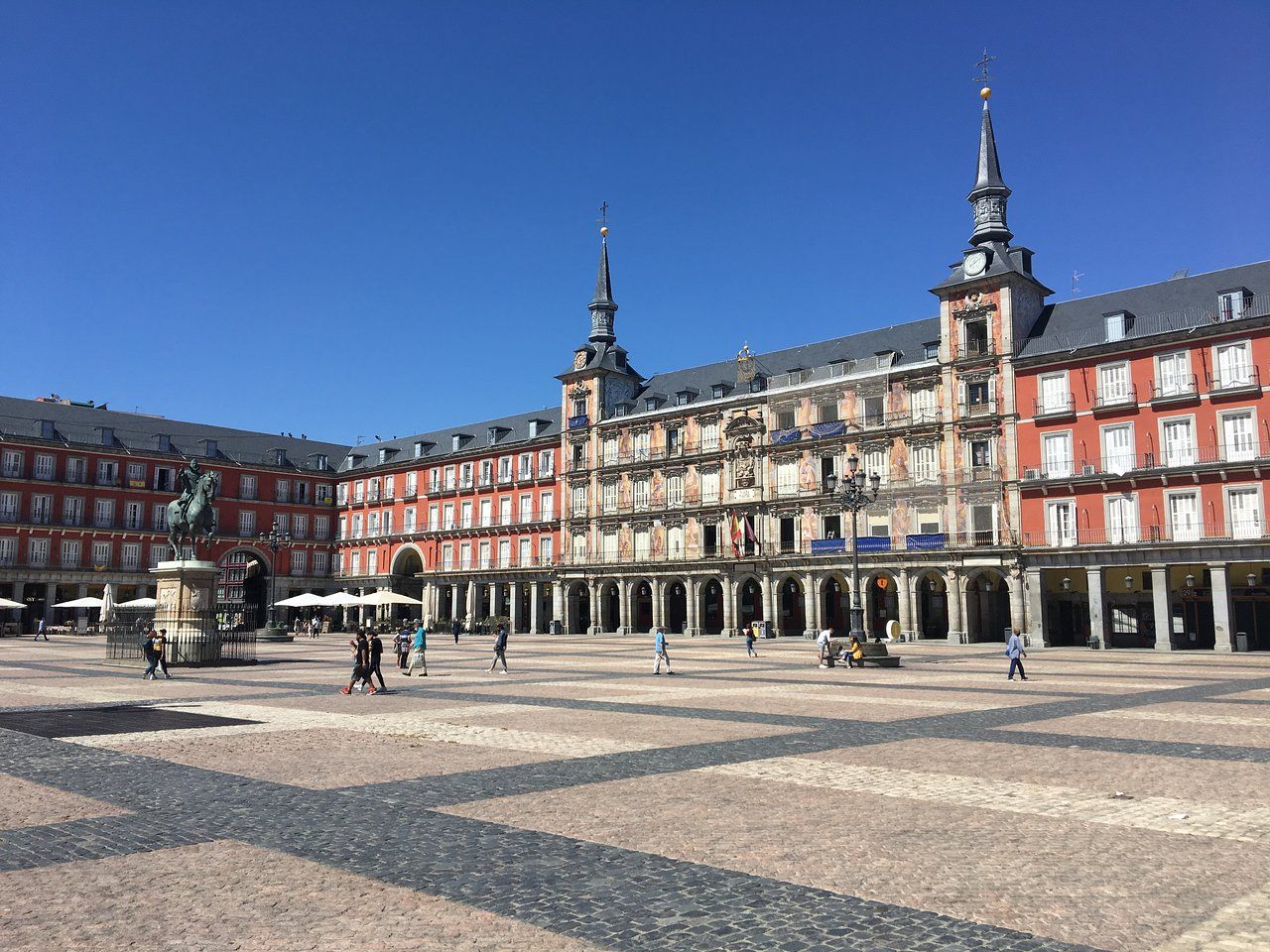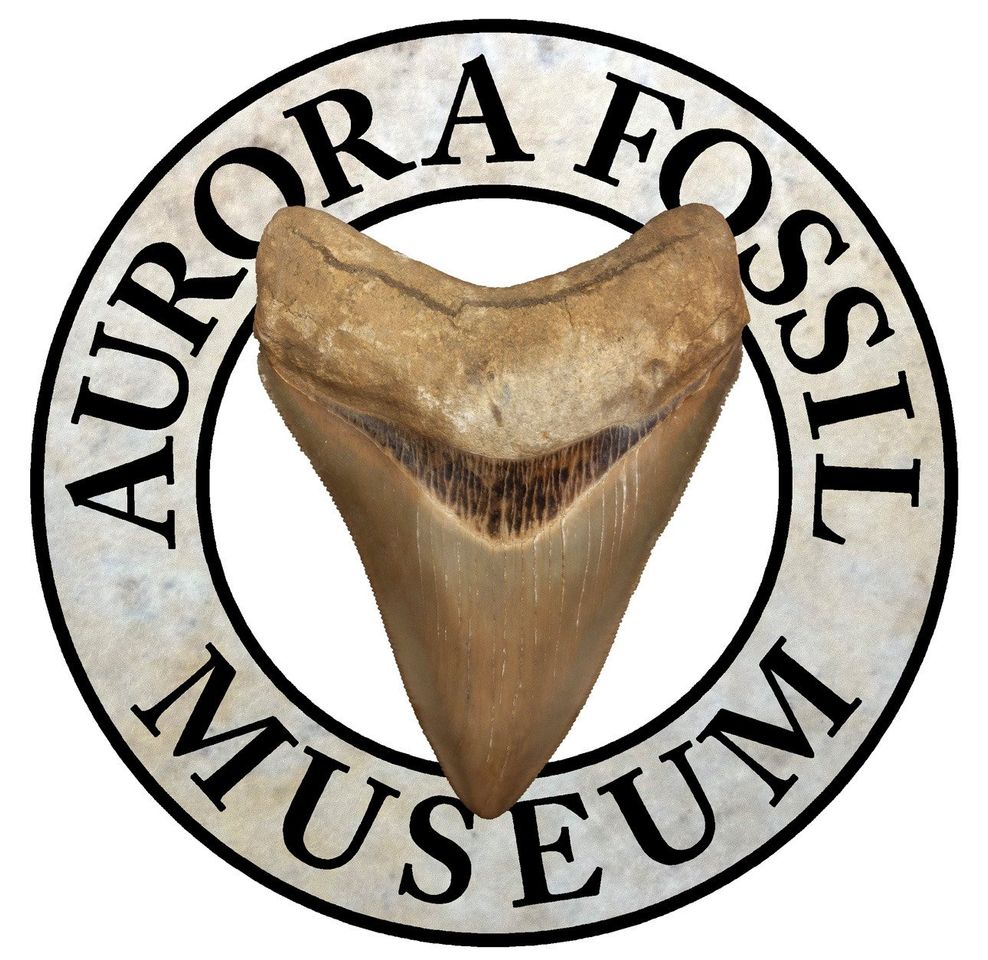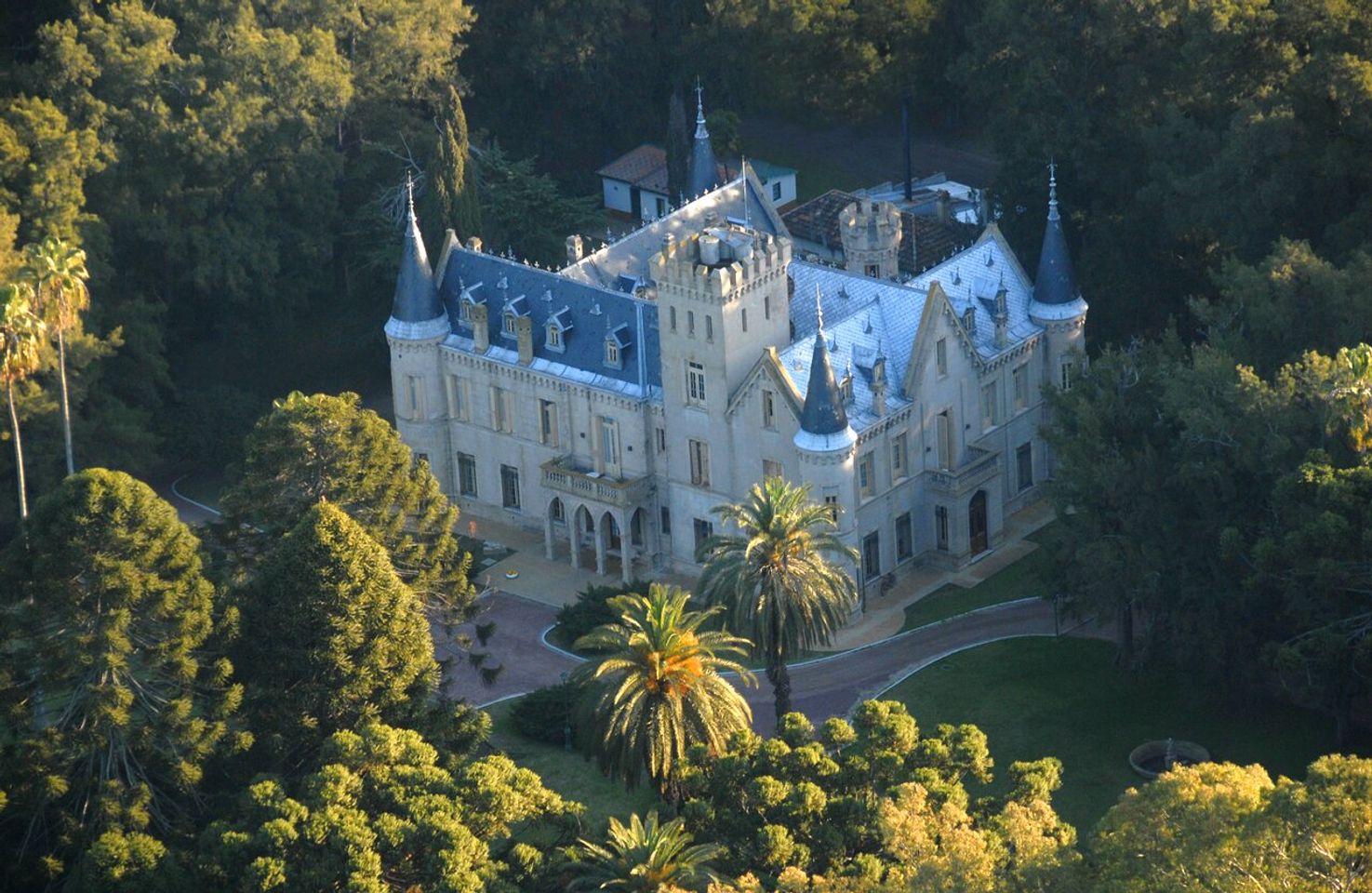Unlocking the Mysteries of El Infiernito: A Fascinating Journey Through Colombias Ancient Past
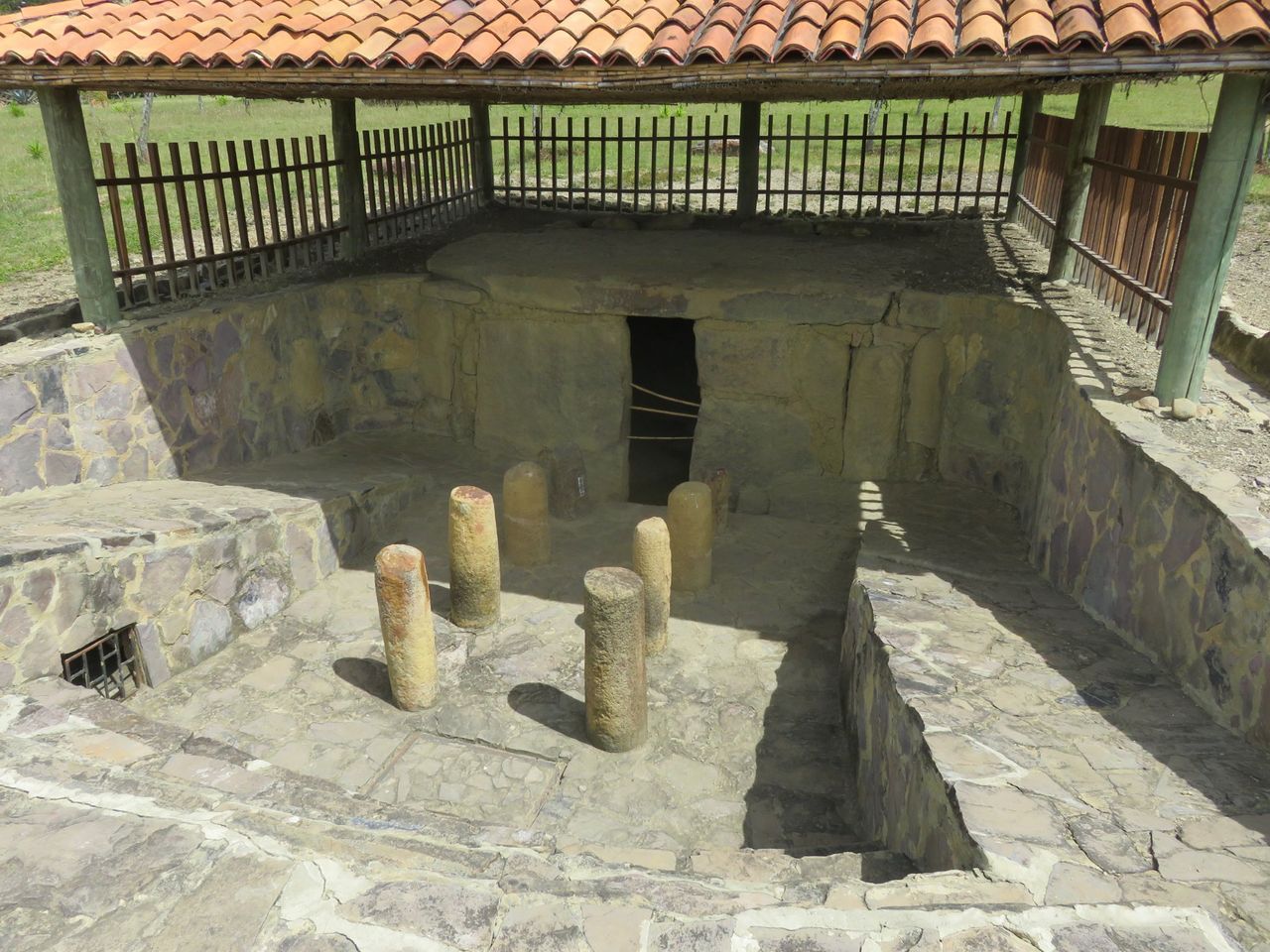
Nestled in the beautiful town of Villa de Leyva, Colombia, lies a mysterious and enigmatic pre-Columbian archaeological site known as El Infiernito. This ancient complex, believed to have been built by the Muisca people, has stirred the imagination of many scholars and adventurers over the years. Some come to marvel at the precision and ingenuity of the stones and astronomical devices used to track the stars, while others are drawn to the site’s peculiar name and its supposed association with human sacrifice.
As we explore the site, we can’t help but be struck by its eerie charm and the aura of ancient wisdom that permeates the air. The many standing stones, which resemble giant phalluses rising from the earth, are thought to have been aligned with the stars and used to track the movements of the sun and the moon. Some people even believe that the site was a kind of temple dedicated to fertility rites, and that the phallic shapes were symbolic of the power of fertility and creation.
But despite its many mysteries and legends, we cannot escape the fact that El Infiernito is a site in danger. Due to factors such as climate change, erosion, and human interference, the site is slowly but surely deteriorating. As we explore this remarkable ancient complex, we must also consider our responsibility to preserve it for future generations. Click here to access the complete city guide for Villa de Leyva.
Ancient Muisca astronomical observatory
We couldn’t help but feel a sense of awe when we visited El Infiernito in Villa de Leyva and witnessed the fascinating Muisca astronomical observatory. It is mind-boggling to think that the Muisca civilization had the knowledge and capability to construct such a precise and intricate observatory, centuries before modern technology existed. It is a testament to the immense intelligence and ingenuity of our ancient ancestors, and we should celebrate and honor their legacy.
The Muisca observatory consists of twelve impressive stone pillars, arranged in an elliptical shape to represent the Muisca calendar. The pillars served as markers of astronomical events such as equinoxes and solstices, and the observatory was also used for sacred ceremonies, including fertility rituals. As we stood amidst the ancient ruins, we couldn’t help but feel a deep sense of reverence for the culture and knowledge that existed during that time.
The Muisca observatory is a powerful reminder of the importance of preserving our cultural heritage and learning from the wisdom of our ancestors. It is a testament to the fact that knowledge, wisdom, and innovation are not limited to the modern age, but have existed throughout human history. We must continue to honor and respect the legacy of these ancient cultures and continue to learn from them so that their knowledge and insights can continue to be relevant and valuable in our present-day.
Spiritual significance and rituals associated with the site
When we visit El Infiernito, we are not just visiting a historical site but rather a place of remarkable spiritual significance. It serves not only as a testament to the advanced astronomical knowledge of the Muiscas, but also as a place of ritual significance. The standing stones, or “stelae,” align with the movements of the sun, moon and stars. This alignment was used by the Muiscas to determine the best time for planting and harvesting crops, and for conducting religious ceremonies. As such, El Infiernito stands witness to the intricate connection that the Muiscas had with nature.
The rituals that were performed at El Infiernito were meant to appease the gods and ensure the well-being of the community. This theme is manifested in the phallic shapes of the standing stones. These phallic shapes symbolize not only fertility and abundance but also the importance of the masculine force in Muisca cosmology. The site was considered a sacred space and was used for rites of passage, including fertility and marriage rituals. To this day, healers and traditional spiritual leaders come to the site to perform blessings and purification rituals.
El Infiernito, therefore, is more than just an archaeological site; it is a living testament to the importance of connection with nature and community, as well as with the past. When we visit, we must take the time to appreciate the complexity of the culture that erected such monumental structures. We must take a moment to contemplate the way that the Muiscas saw the world and to appreciate the rituals that were once performed there. By doing so, we can gain a deeper understanding of our own modern culture and what it means to be human.
Architectural features and history of the site
When exploring El Infiernito in Villa de Leyva, one can’t help but marvel at the ancient architectural features and the rich history that the site holds. The site is home to a collection of fascinating upright stones that date back over a thousand years. These stones, often referred to as ‘standing stones,’ are an architectural marvel that symbolizes the advanced knowledge and engineering skills of the indigenous people who built them.
As we stroll through the site, we can’t help but feel a sense of awe at the intricate designs and the sheer scale of the stones. The stones were arranged in specific patterns to mark the winter and summer solstices, aligning perfectly with the sun’s movements. The precision and accuracy of the construction are what make this site so intriguing and why we must preserve it for future generations.
El Infiernito in Villa de Leyva is a prime example of how ancient architectural features can offer a glimpse into the past and provide insight into a culture’s beliefs and practices. The site’s history highlights the value and significance of preserving these archeological treasures, and we must acknowledge their cultural relevance and importance. Exploring this site offers a unique opportunity to experience the beauty of ancient architecture and to connect with the past.
Conclusion
In conclusion, El Infiernito in Villa de Leyva Colombia is not just a pile of rocks but a significant archaeological site that offers a glimpse into the history and culture of the Muisca people. Despite its controversial past, it has remained an important cultural heritage and a tourist destination, attracting visitors from all over the world. We must protect and preserve sites like this to ensure that future generations can learn about their past.
Visiting El Infiernito is an awe-inspiring experience that offers a chance to connect with the ancient culture of the Muisca people. Through this visit, we can learn about the intricate astronomical knowledge that our ancestors possessed, their beliefs, and how they lived. The site provides an excellent opportunity to appreciate the importance of cultural heritage and celebrate diversity.
As we conclude, we urge everyone to take a trip to Villa de Leyva and visit the El Infiernito archaeological site to appreciate the richness of our cultural heritage. By doing so, we celebrate diversity and learn about the lives and customs of our ancestors. We must preserve and protect our heritage for it is our collective responsibility, and it is through it that we can build a brighter future.

